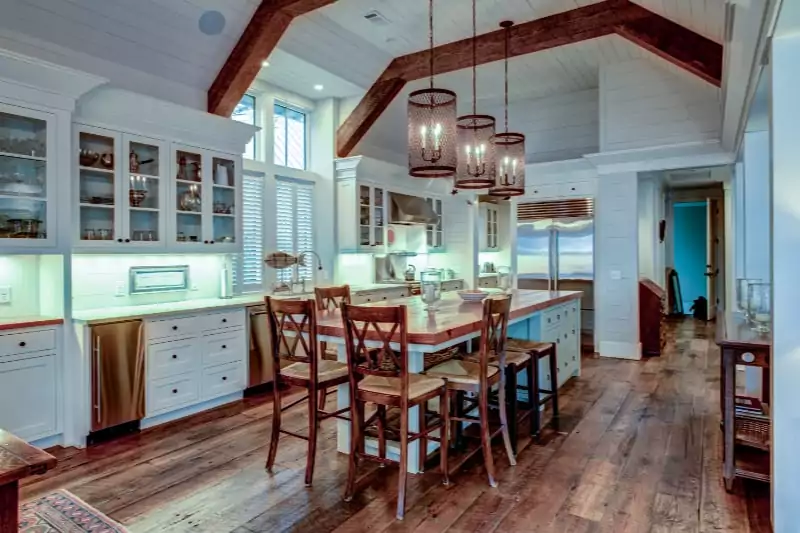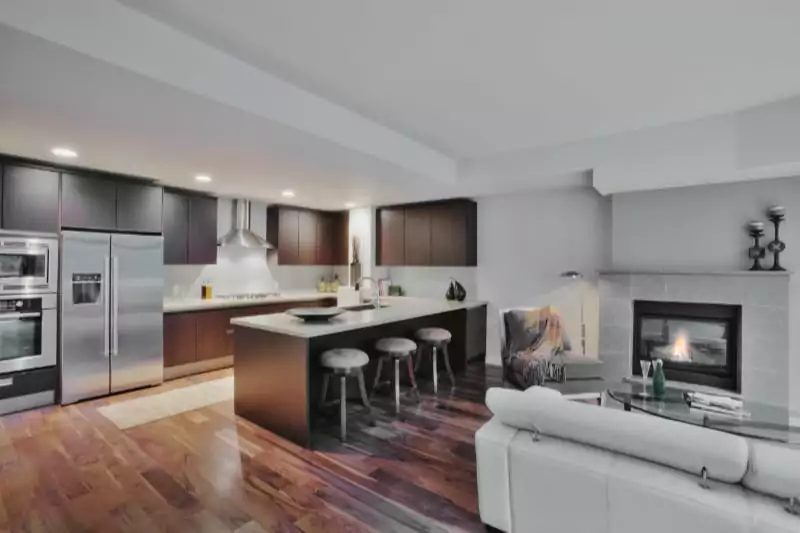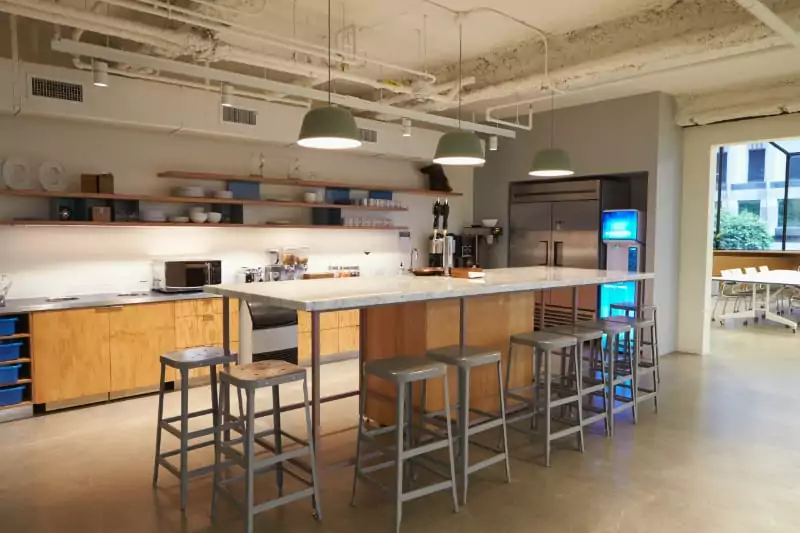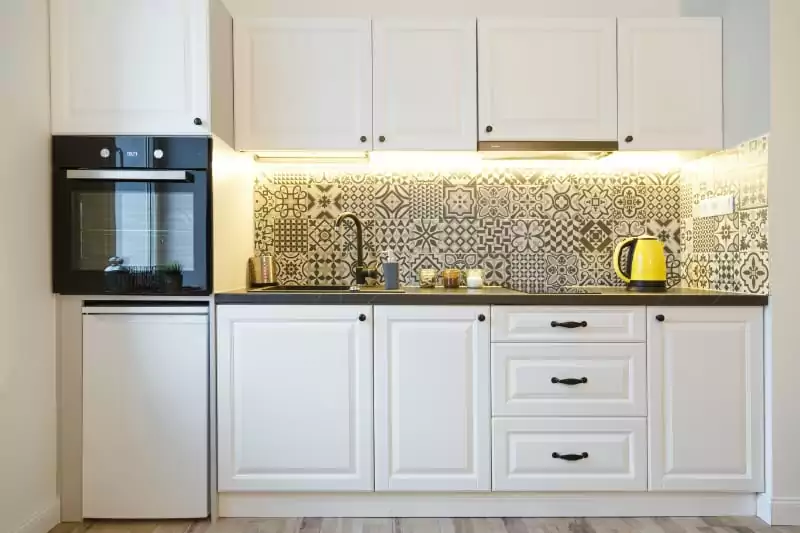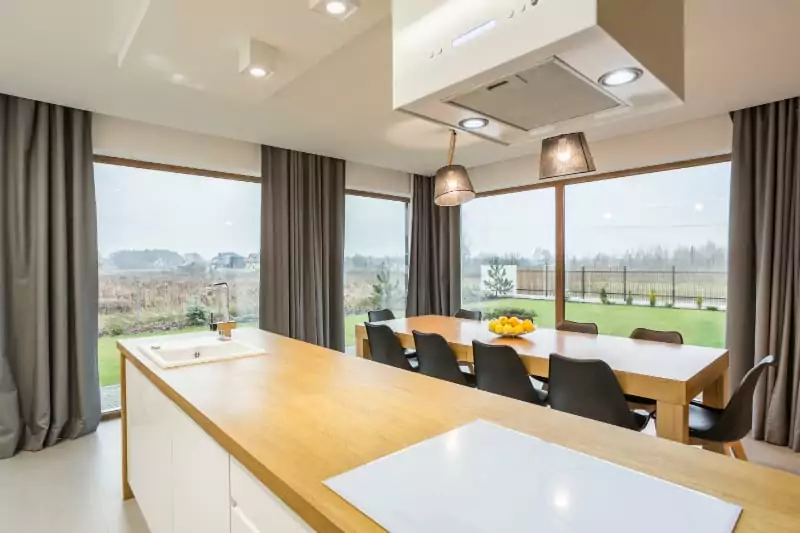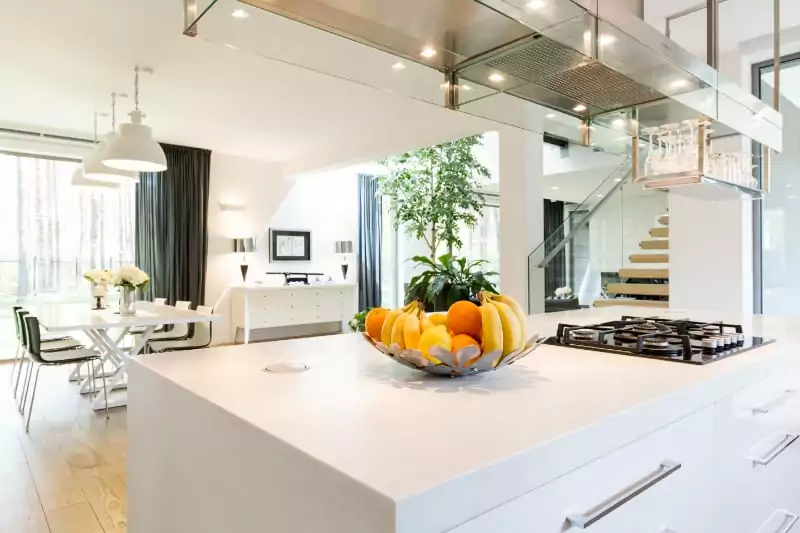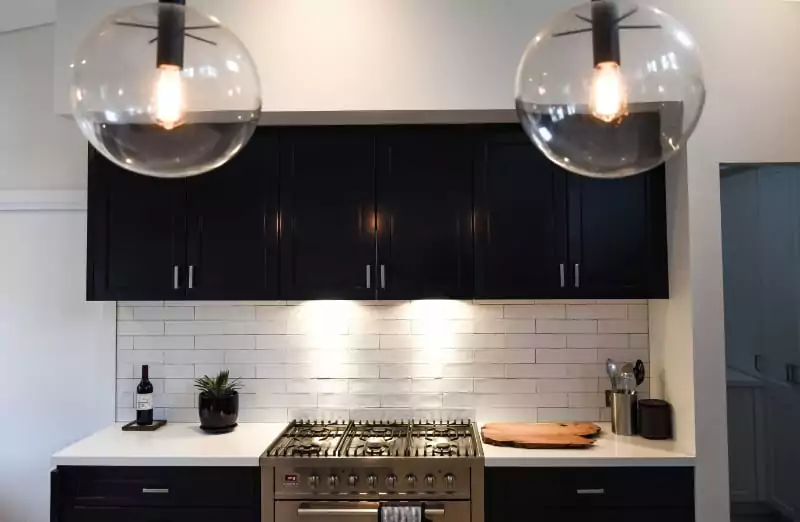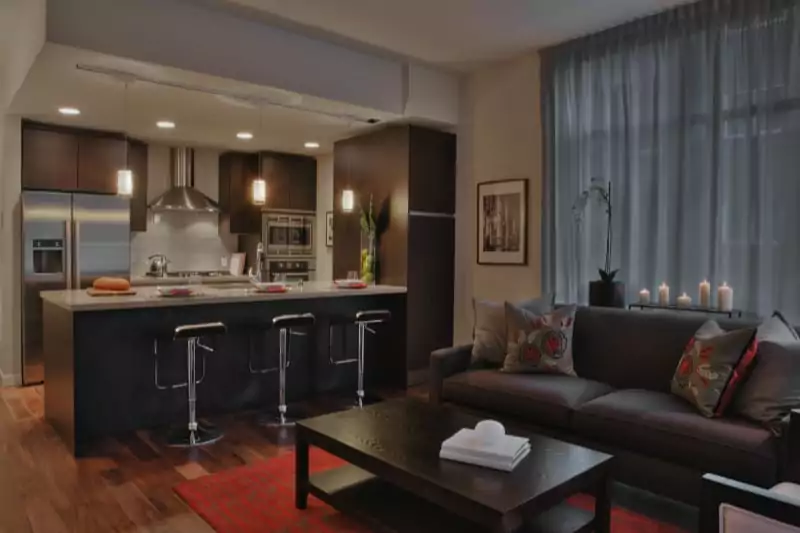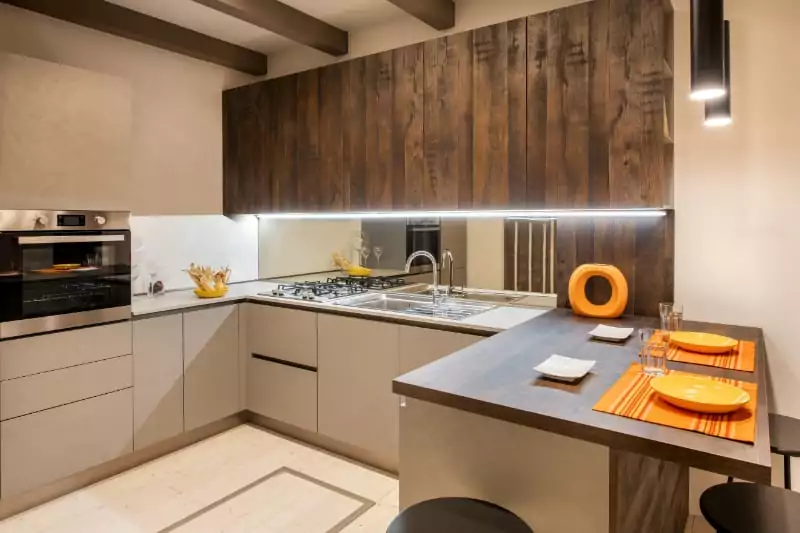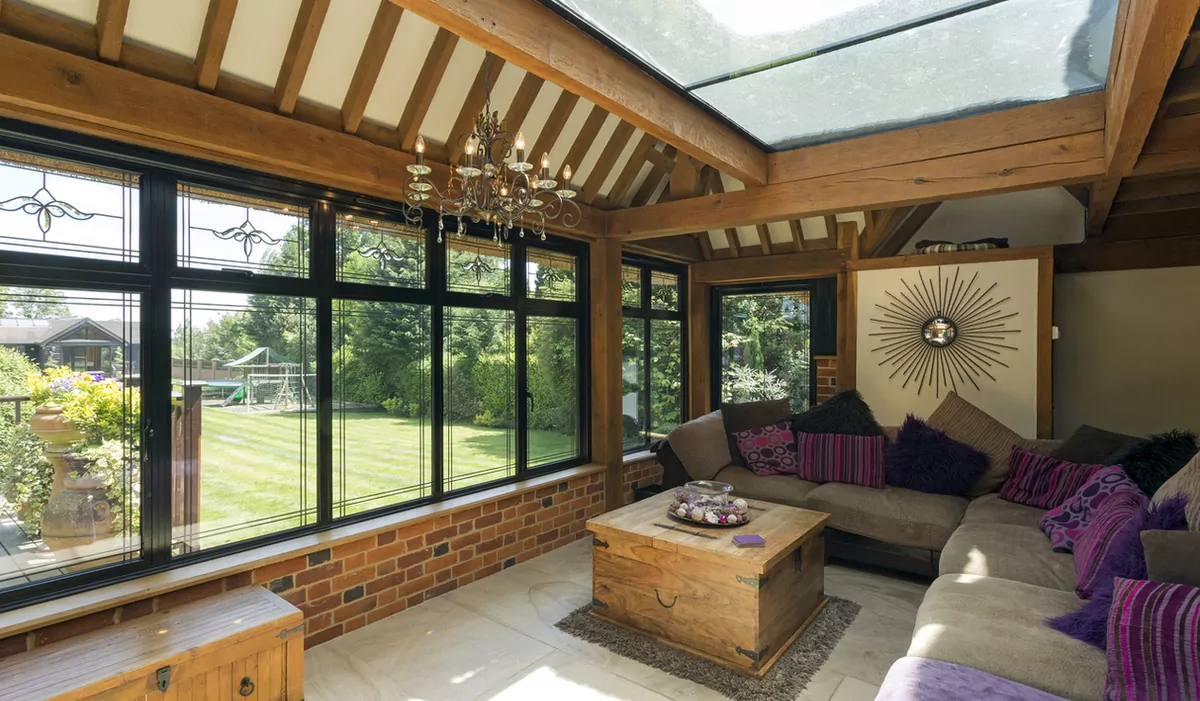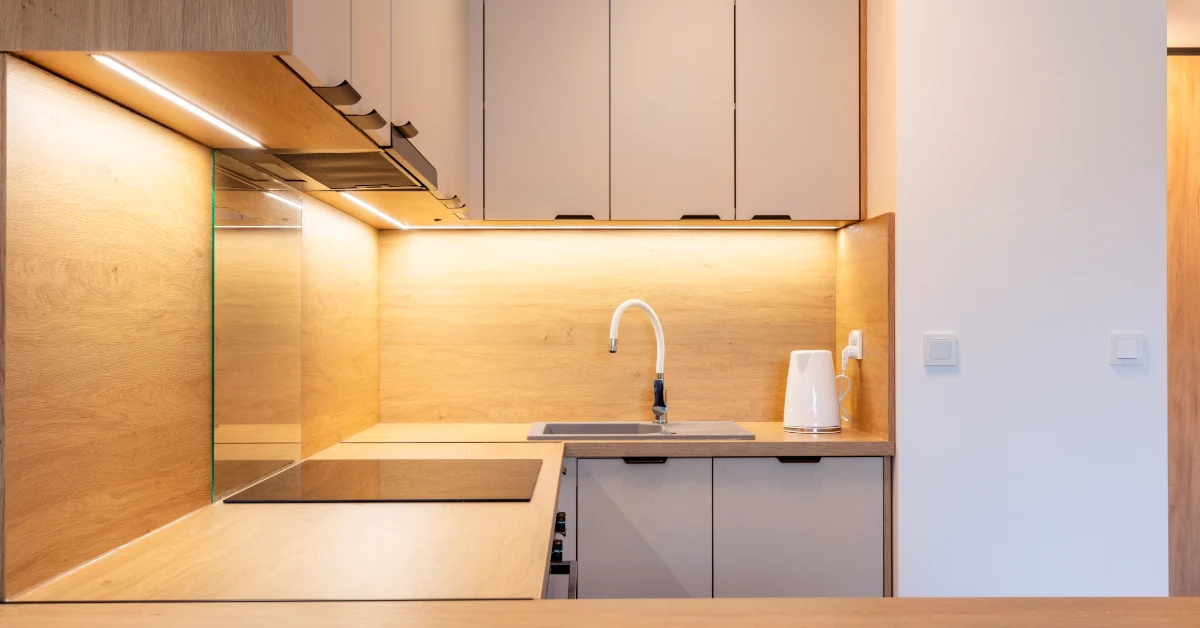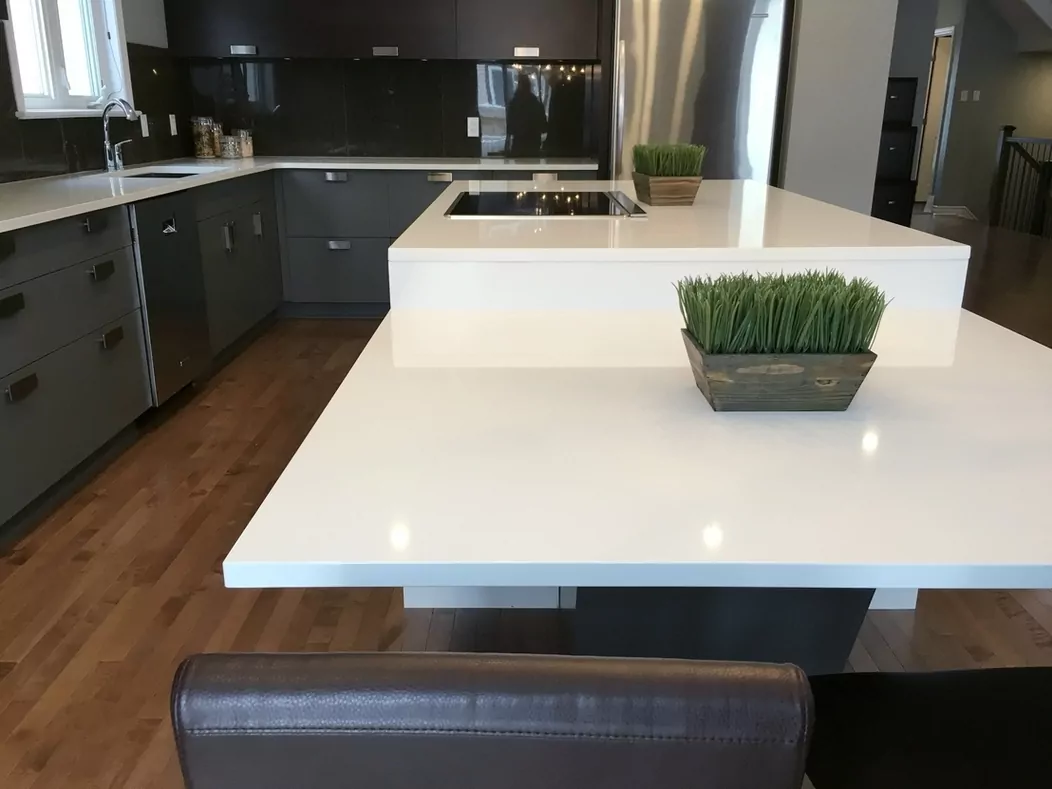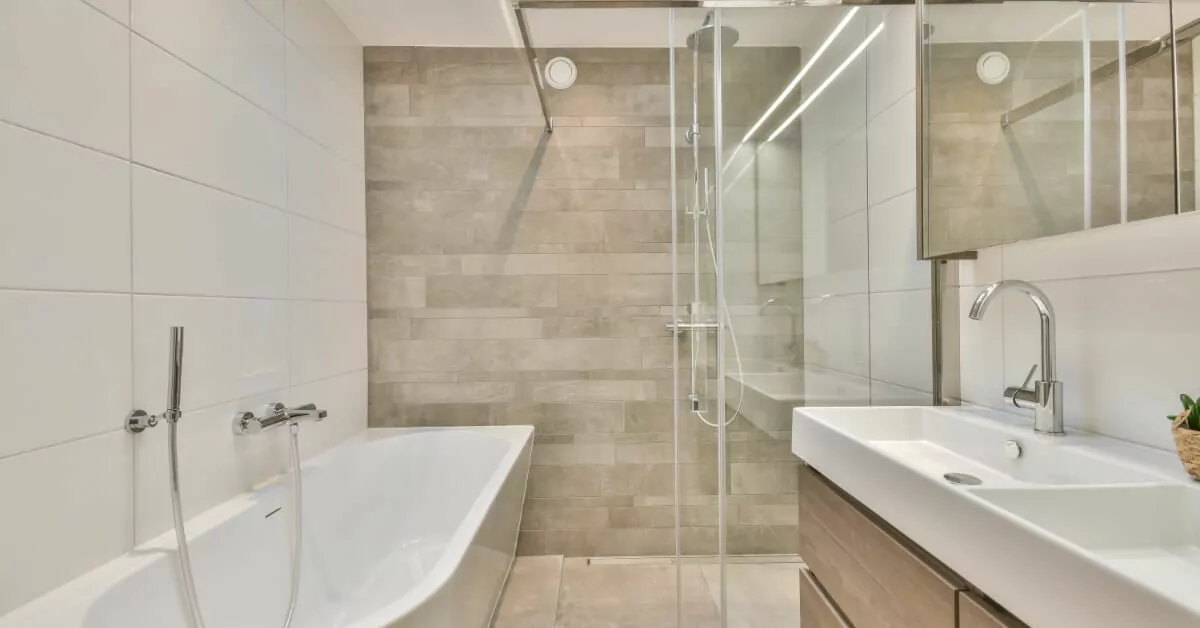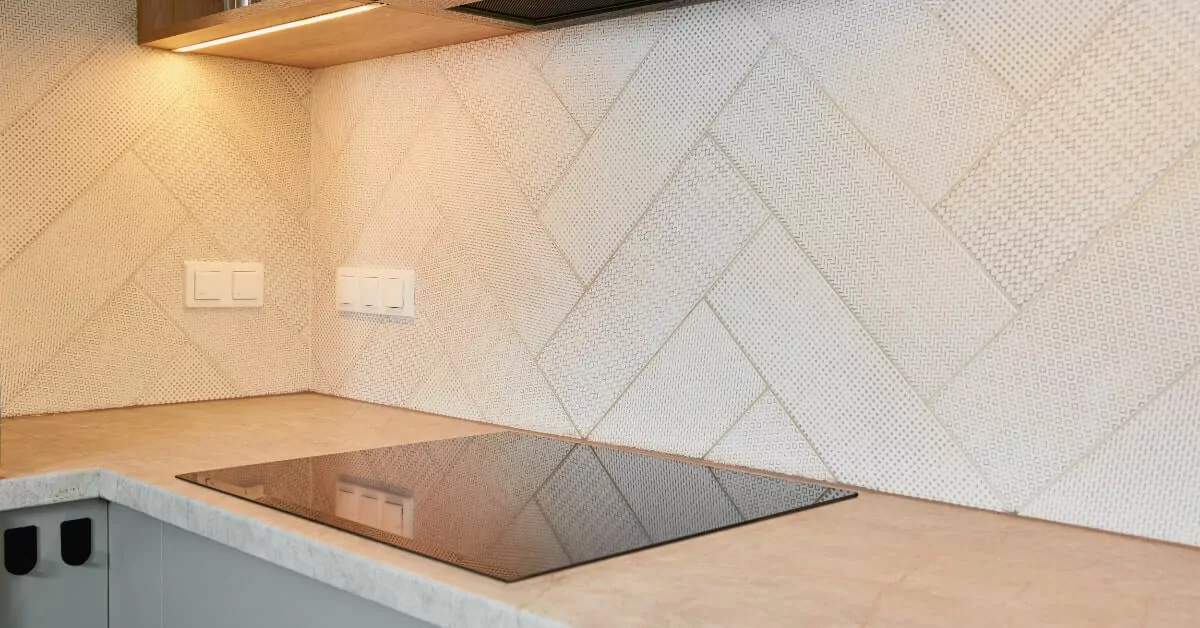Built-in colorful diodes and classic fixtures, pendant and task lamps, wall luminaires and spotlights — well thought-out lighting is an integral component of the home interiors, let alone if you plan kitchen remodeling — a single lamp doesn’t provide enough light for brightening several special-purpose surfaces. Manifold kitchen lighting varieties allow a homeowner to expand meal prep and dining areas visually, set accents, and divide the space. A kitchen looks refreshed even if just the light concept has been renewed.
Why Do You Need a Kitchen Lighting Concept?
Whenever you ponder over a total makeover for a house or decide on introducing minor modifications, such as revision of lighting in kitchen, implement a comprehensive approach. A home looks more trendy if an open-floor kitchen matches the adjacent rooms — well, this applies to light too.
Kitchen Lighting: What Factors to Take into Account?
Innovative technologies allow you to realize almost any idea or a concept. But how to light a kitchen and its various storage units, meal prep surfaces, and gathering areas? Besides the appearance and configuration of lights themselves, you’d better pay attention to the size, form, required light spectrum, and bulb options.
You’ve probably scrolled numerous platforms seeking kitchen lighting ideas. So, now you’re lost in varieties of lamps, light spectrum, bulbs & diodes, and installation methods. To sort it out, let’s streamline and categorize all aspects for a clearer picture.
Kitchen lighting: Layers and Types
Light in kitchen cannot be single-layered: basic (or essential) light is great, yet still, it is insufficient as it doesn’t provide depth while creating unwanted shadows. Hence, additional lamps are required to ensure all zones are illuminated well.
Lighting in kitchen consists of 4 major types, sometimes called layers:
- Ambient lighting. Called by pros a general (or base) light layer, built-in LEDs and pendant lamps, sconces, and standing lamps ensure a lighting base gently bouncing off the surfaces.
- Accent lighting. All sorts of track lamps and recessed lights add accents and dimension to the whole space. Examples: picture lights, sconces, built-in under-cabinet spotlights, etc.
- Task lighting. As the name implies, this light type serves for illumination of all workspaces you plan to use for meal preparation. By the way, the pantry also needs light just to let you see your supplies stored on shelves. Examples: portable lamps, recessed lights, spotlights, pendant fixtures, and so on.
- Decorative lighting. In dedicated online shops, you can spot some visually pleasing decorative fixtures and sconces to complement the kitchen interior. They strike the eye as decorative elements.
Besides light layers, light in the kitchen must be thought through and planned given various sub-zones and light functions.
Key lighting zones:
- Ceiling light fixtures. Ceiling lamps are intended for illuminating large spaces.
- Countertop lighting. The meal prep surface definitely requires more light; thus, for better worktop lighting homeowners use multiform under-cabinet lights, such as rope and tape lights, multidirectional spotlights, as well as plug-in and battery-powered options.
- Kitchen island lighting. Luminaires installed above the island function primarily as task lights. Pretty often homeowners prefer pendant fixtures because they illuminate the island surface and act as decorative elements.
- Cabinet illumination. Under-cabinet and in-cabinet spotlights can serve as both task and accent lights. Smaller under-cabinet spotlights help to better illuminate prep surfaces and sinks, while in-cabinet lights are very functional when you search for something inside kitchen cabinets.
- Cooker hood illumination. These lights are meant for more efficient illumination of the cooking area and allow you to monitor the cooking process more efficiently.
LED Lights vs. Halogen Lights: Pros & Cons
When it comes to the choice between traditional halogen lights and contemporary LEDs, the winner is definitely LED technology: more energy-efficient compared to halogens, LEDs require less voltage and emit less heat. All in all, LEDs help to reduce carbon footprint and therefore are considered more environmentally friendly.
LED lights | |
| Pros | Cons |
| Energy efficiency | Higher initial cost |
| Longer lifespan | Prone to damage under heat |
| Various colors and shapes | Prone to damage due to sudden voltage changes |
| Lower cost in a long run | |
| Produce less heat | |
Halogen lights | |
| Pros | Cons |
| Low cost of bulbs | Higher costs in a long run |
| Similar to the sunlight spectrum | Higher power consumption |
| Emit more heat compared to LEDs | |
Warm vs. Cold: What Light Is Better?
Lighting spectrum selection is very individual. Given that the kitchen area is the most multifunctional and is used for both cooking and socializing, design experts advise opting for a light spectrum combo of cool and warm lighting.
Give a thought to layered kitchen lighting: cool LEDs to brighten working surfaces (set accents and highlights) and warm lights for creating a relaxing and warm environment for family meals (base and decorative lights).
In conclusion
Getting ready for a home remodel, approach kitchen lighting design as a powerful component of the house interior and a grand factor influencing the overall functionality of the area. The optimal solution is to hire remodeling specialists with expertise in kitchen renovation — they can turn all dreams into reality creating a trendy and efficient area.
Update a kitchen zone with Groysman Construction, a remodeling company headquartered in San Diego: experienced professionals will assist to develop a renovation procedure; in a short time, a kitchen will become a jewel of the house.

